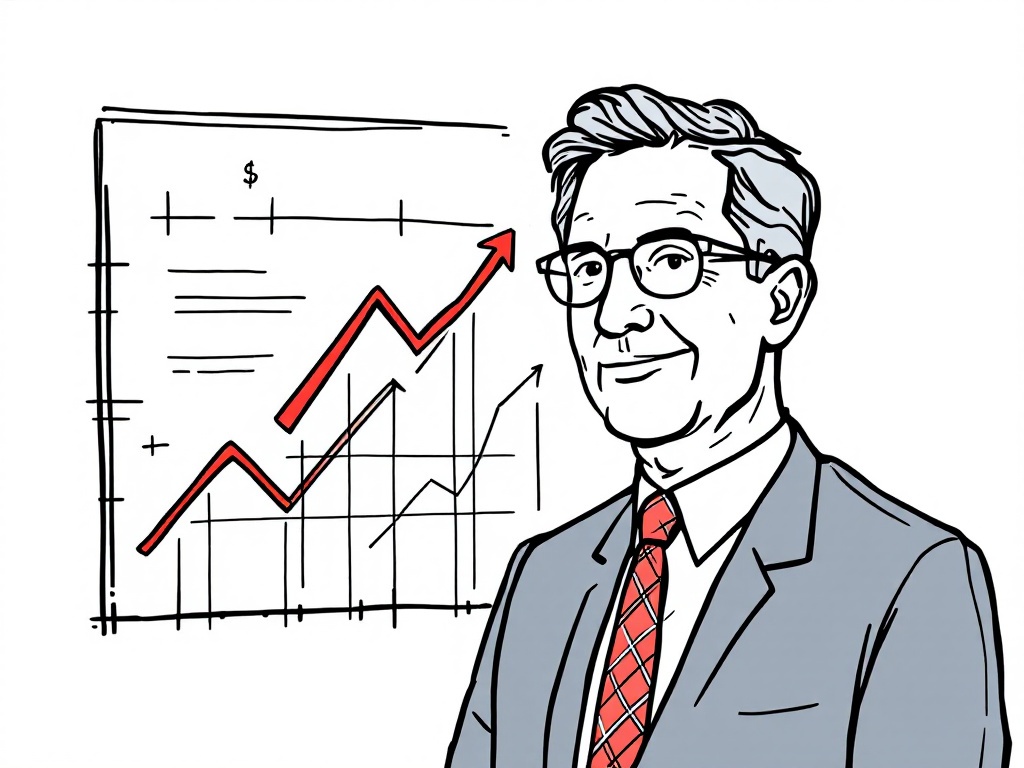Housing Inflation Standoff: Fed's Powell Signals No Quick Relief Until 2026

Washington, D.C., Monday, 18 November 2024.
Federal Reserve Chair Jerome Powell’s latest forecast reveals a sobering reality for homeowners and buyers: housing inflation won’t normalize until mid-2026. The delay stems from reduced housing mobility, with fewer Americans signing new leases, making it harder for price adjustments to reflect in official inflation data. This timeline challenges earlier market expectations and suggests sustained pressure on housing affordability for the next 18 months.
Current Inflation Dynamics
Current inflationary pressures in the U.S. economy have been significantly driven by housing costs, which have notably contributed to the uptick in core inflation rates. Recent data from the Labor Department indicates that housing costs increased by 4.9% year-over-year in October 2024. This rise accounts for half of the overall inflation rate, which stood at 2.6% for the same period[1]. The Federal Reserve, under Jerome Powell’s leadership, has been vigilant about these developments, particularly as housing constitutes over a third of the consumer price index[1].
Challenges in the Housing Market
The challenges facing the housing market are multi-faceted. High mortgage rates, which have risen approximately 0.7% since early October 2024 to an average of 6.91% for a 30-year fixed mortgage, are a significant barrier to affordability[2]. This increase is partly due to the Federal Reserve’s previous interest rate hikes aimed at curbing inflation. Despite two rate cuts in 2024, the anticipated decline in mortgage rates has not materialized, further complicating the housing affordability crisis[2].
The Federal Reserve’s Outlook
Federal Reserve Chair Jerome Powell has emphasized that the current economic indicators do not necessitate an immediate reduction in interest rates. This cautious approach is reinforced by predictions that mortgage rates might only start declining towards the mid-5% range by late 2025, contingent on economic conditions such as labor market performance[3]. Powell’s stance reflects a broader understanding that housing inflation is unlikely to abate soon, given the slow pace of rental market changes and the delay in these changes being reflected in the CPI[1].
Implications for Homebuyers and Sellers
For potential homebuyers and sellers, this extended period of high housing inflation means continued challenges. The reluctance of homeowners to sell due to being locked into lower mortgage rates exacerbates the supply issues in the housing market, further driving up prices[4]. Moreover, the projected timeline for housing inflation normalization by 2026 suggests that market participants will need to navigate this turbulent environment for an extended period. As Powell’s forecast unfolds, it will be crucial for stakeholders to adjust their strategies accordingly to mitigate the impacts of prolonged housing inflation.